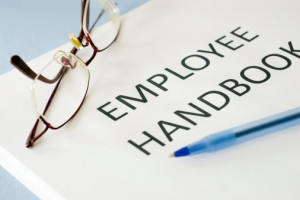Compare Free Price Quotes on Group Health Insurance
Variety is the spice of life. It’s also pretty important when it comes to the group health insurance plans you offer employees. While health insurance is one of the most important benefits employees look for, they also want a say in the type of coverage they’ll receive and how much they’ll have to pay out of pocket. The days of offering traditional insurance plans are just about over. High premiums and out-of-pocket expenses (as much as 25% of each visit) made them difficult to sustain. Instead, most companies typically offer managed care plans to share the expenses with employees and provide a greater variety of options. Let BuyerZone walk you through the various types of coverage, describe how to shop for a plan and give you tips on getting the most out of your health insurance coverage. Theyâll also provide you with free price quotes from several qualified brokers in your area so you can select the coverage thatâs best for your employees.
For more HR News, please visit: Compare Free Price Quotes on Group Health Insurance
Source: News from HR Morning


![HR administration: More difficult for small businesses? [Infographic] HR administration: More difficult for small businesses? [Infographic]](https://cyahr.com/wp-content/uploads/2015/03/SCORE-Infographic-HR-20151.png)




 Chances are your best employees consistently complete top-quality work on deadline. So it should be easy to spot when their work starts to slip.
Chances are your best employees consistently complete top-quality work on deadline. So it should be easy to spot when their work starts to slip. If an employee who usually dresses casual suddenly starts wearing a tie a few times a week — and they’re not attending after-hours charity banquets — it’s a warning sign that something may be up.
If an employee who usually dresses casual suddenly starts wearing a tie a few times a week — and they’re not attending after-hours charity banquets — it’s a warning sign that something may be up. Leaving early, arriving late or requesting random days off at the last second should have you worried, especially if they’ve always been a model citizen who’s given you plenty of notice before missing time.
Leaving early, arriving late or requesting random days off at the last second should have you worried, especially if they’ve always been a model citizen who’s given you plenty of notice before missing time. An employee who covers up personal calls on work time and takes frequent trips away from his or her desk to seek solitude are signs there could be cause for alarm.
An employee who covers up personal calls on work time and takes frequent trips away from his or her desk to seek solitude are signs there could be cause for alarm. If a once happy employee suddenly develops a surly personality and begins complaining about co-workers, this is a not-so-subtle hint that something’s amiss.
If a once happy employee suddenly develops a surly personality and begins complaining about co-workers, this is a not-so-subtle hint that something’s amiss. The birth of a child, the loss of a loved one, marriage, divorce and a sudden illness requiring on-going medical treatment are all big life changes that could alter one’s career.
The birth of a child, the loss of a loved one, marriage, divorce and a sudden illness requiring on-going medical treatment are all big life changes that could alter one’s career. If an employee appears to be distancing himself or herself from co-workers, it could be a sign the person’s already checked out and decided there’s no need to continue to feed personal or work relationships.
If an employee appears to be distancing himself or herself from co-workers, it could be a sign the person’s already checked out and decided there’s no need to continue to feed personal or work relationships.
